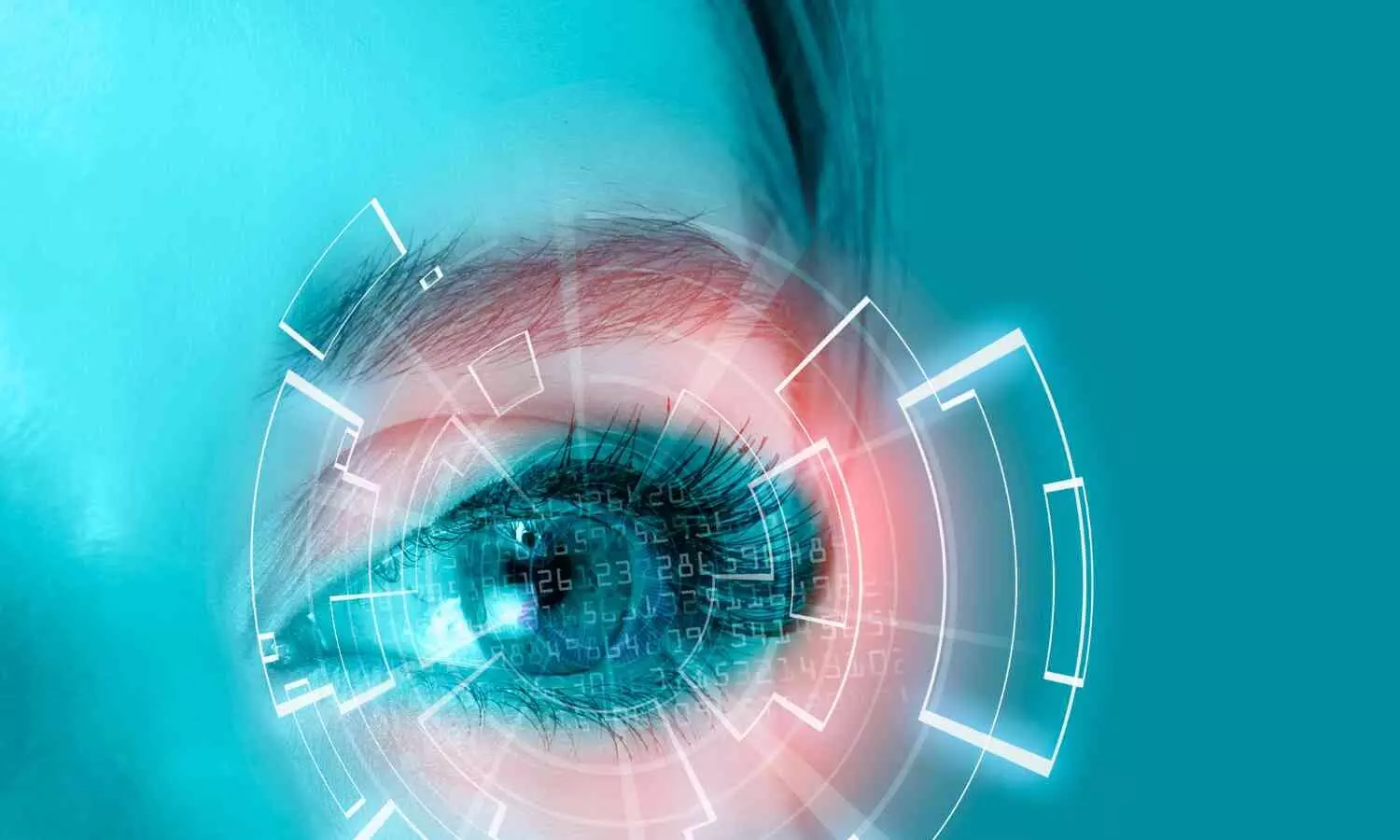Study Reveals Eye Tests May Predict Stroke Risk

Sydney: Routine eye exams could provide a non-invasive method to predict stroke risk, according to a study by an international research team led by the Centre for Eye Research Australia (CERA) in Melbourne. The findings, reported by Xinhua News Agency, highlight the potential of using eye health as a marker for vascular conditions.
The researchers identified a "blood vessel fingerprint" at the back of the eye, comprising of 118 indicators of the vascular health. These indicators were analyzed through fundus photography—a standard tool in routine eye tests—were found to predict stroke risk as accurately as traditional methods.
Using the Retina-based Microvascular Health Assessment System (RMHAS), a machine learning tool, the team analyzed fundus photographs from 45,161 individuals in the UK, with an average age of 55. Over a monitoring period of 12.5 years, 749 participants experienced a stroke. Of the 118 vascular indicators, 29 were significantly linked to first-time stroke risk.
Seventeen of these indicators were related to vascular density, which measures the proportion of tissue occupied by blood vessels. A lower density in the retina and brain correlated with an increased stroke risk. Changes in these density indicators were associated with a 10-19% increase in stroke risk. Additionally, decreases in the twistedness and complexity of blood vessels elevated stroke risk by 10.5-19.5%.
The study emphasizes the practicality of the approach, especially for primary healthcare and low-resource settings. "With age and sex readily available, and retinal parameters easily obtained via routine fundus photography, this model offers a feasible and accessible method for stroke risk assessment," the researchers noted.
Stroke remains a global health challenge, affecting over 100 million people and causing approximately 6.7 million deaths annually. Early identification of at-risk individuals is vital to reducing stroke-related disability and mortality. This research underscores the potential of integrating eye health assessments into routine healthcare for early stroke prediction.


